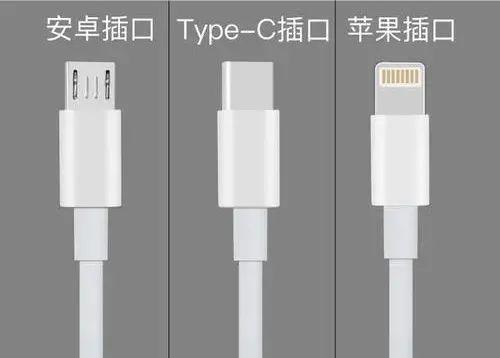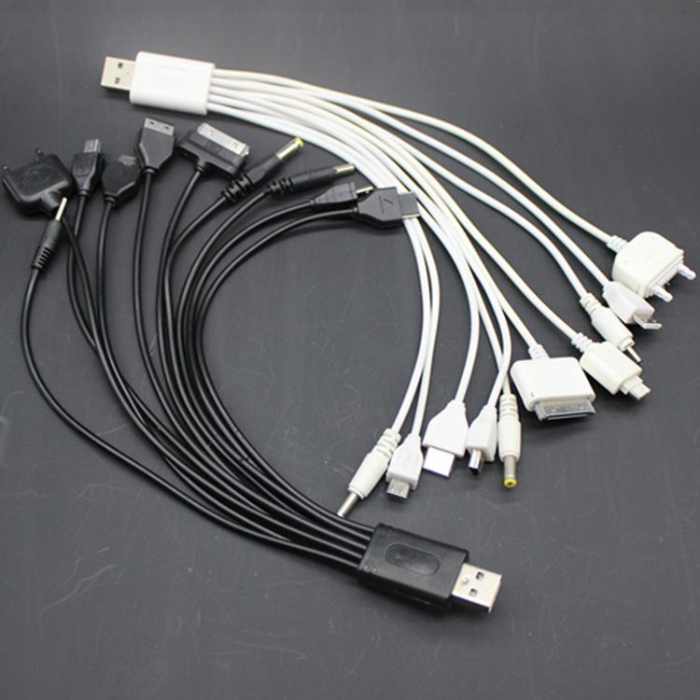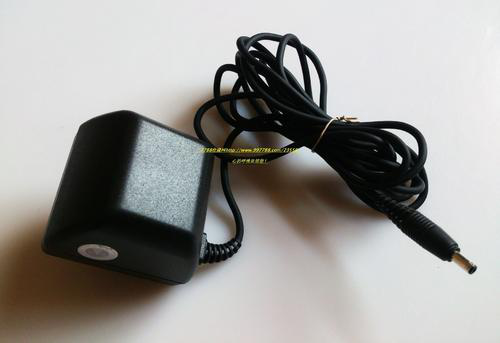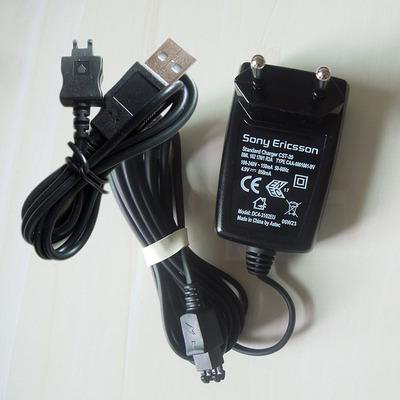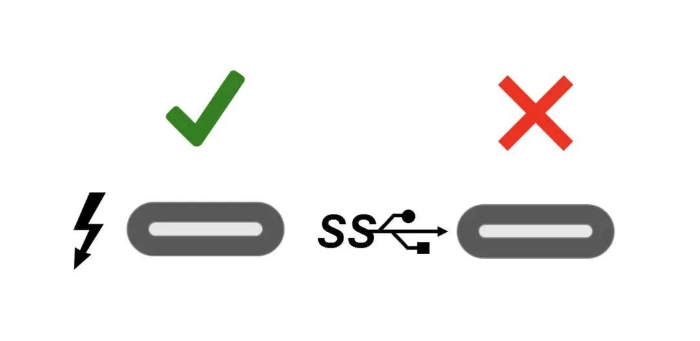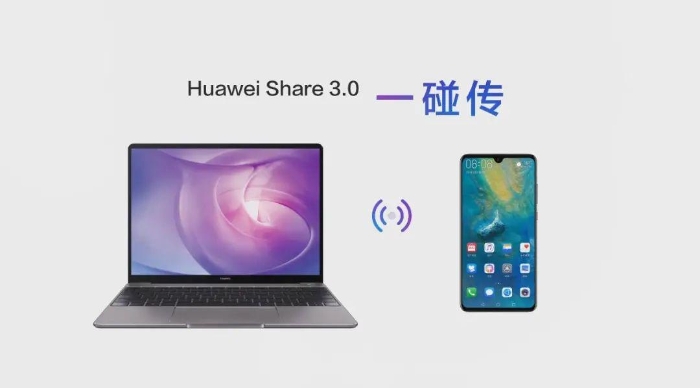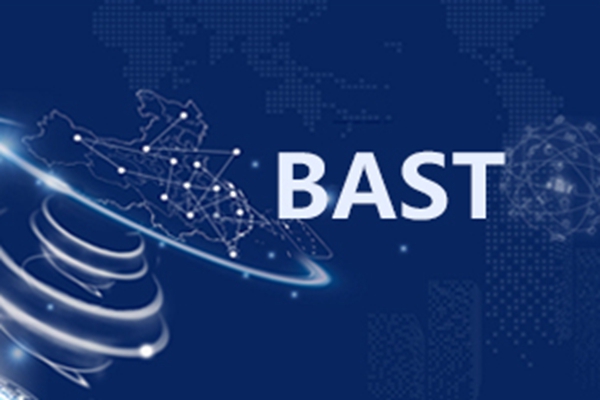I Often Feel Incompatible with You for Being Unable to Borrow a USB Cable for My Mobile Phone
When you go out to make presentations, you may need to carry two main devices, i.e., mobile phone and laptop, as well as charging cables for mobile phone and laptop, and even prepare a VGA interface cable to connect the projection device. Only in this way can you go out relievedly.
“Quick, countdown now. Who has a Type-C USB cable!”
“Sorry, my iPhone can’t save you.”
“Android interface, good luck to you!”
This is an episode about the ridicule of the death countdown of HUAWEI mobile phone by the public. It fully expresses a fact: there is a panic called “my mobile phone is running out of power” and gives birth to a group classification: Type-C interface group, Lightning interface group (iPhone) and Micro USB interface group (Android).
When you go out to make presentations, you may need to carry two main devices, i.e., mobile phone and laptop, as well as charging cables for mobile phone and laptop, and even prepare a VGA interface cable to connect the projection device. Only in this way can you go out relievedly.
Under this circumstance, we can’t help but complain: when can we realize “one world, one interface”?
01
Why do Electronic Devices Have So Many Interfaces?
Speaking of interface, we have to mention two important knowledge points to achieve interface functions: interface and protocol. These two points are main reasons why devices require different interfaces.
Interface
The interface refers to the facade of a port, i.e., hardware interfaces, interfaces with different shapes and numbers of pins that we discussed above.
For example, RJ45, a common connector of network cable doesn’t have to be plugged and unplugged frequently, but it is quite demanding for connecting stability. It has an upturned crystal connector to guarantee that the connection won’t fail, and the number of plugging and unplugging mustn’t exceed 750 times. It is used to access desktops and laptops with fixed positions in factories, companies and schools to the network.
Image source: the product drawing of Dongguan Keyouda Electronic Technology Co., Ltd.
The USB port on the computer is frequently plugged and unplugged, and it should support plugging and unplugging for 1,500-5,000 times.
As for different types of interfaces of mobile phones, owing to quick power consumption and frequent recharging of smart phones, they should support plugging and unplugging for 10,000 times.
Due to different demands for plugging and unplugging times of connectors, data transmission speed and device volume, the design requirements of interface differ. Some electronic devices have a large size and can transmit many contents, so the interfaces are big. Some electronic devices are plugged and unplugged for many times, so the interfaces are small.
Is It for the Sake of Monopoly that Different Mobile Phones are Equipped with Their Own Interfaces?
In the early years, different mobile phone manufacturers establish their own unique interfaces. To maximize the company’s interests, you have to use their unique charges, when using their mobile phones.
Let’s take the charging connector of Nokia in the early years as an example:
Image source: www.7788.com
The charger interfaces of Sony Ericsson’s t28, t39, t29, t68, t68ie, r520, r380 and t20 mobile phones are like this:
Image source: the product drawing of wadongxi.com
Subsequently, however, due to the rise of smart phones, the unification trend of hardware and software platforms and manufacturers of mobile phones also contributes to the unification of interfaces. Currently, mainstream mobile phone interfaces are lighting interface (Apple products), Type-C interface (HUAWEI and Xiaomi, etc.) and Micro USB (typical application: Android smart phones).
Here, we have to mention Type-C interface. Since the USB Standardization Organization released Type-C interface in 2014, it has been well received by many mobile phone manufacturers and consumers due to its lightweight, fast transmission, strong scalability and support for two-way transmission. Especially for lazy people like me, who close their eyes and charge at night, the Type-C interface can be plugged in from both sides, which is really handy.
You may think wouldn’t it be better if all devices were unified as Type-C interface? This then brings us to the issue of interface protocol.
Protocol
Interface protocol refers to transmission code for communication, that is, software interface. To put it simply, after two devices are successfully connected, one party signs an agreement with the other party, specifying detailed contents, such as who transmits and receives, whether to charge or transmit information, and how many data are transmitted per second. This interface can realize the following functions: recharge, transmit data, transmit videos and audios and surf the Internet, etc. A single interface may have multiple interface protocols.
When we connect two devices to two ends of a USB cable respectively and link internal pins, two devices can realize corresponding functions, based on the rules of specified transmission direction, transmission speed and execution power, etc., according to the interface transmission protocol.
For example, my mobile phone and my computer are linked with a USB cable. One end of the USB cable is a USB interface and the other end is a Type-C interface. The power is charged from the USB interface to the Type-C interface, but my mobile phone cannnot charge the computer.
The transmission efficiency can’t be maximized unless the interfaces and protocols of two devices to be connected are the same, and the transmission direction meets the requirements. However, when only the interfaces are the same, the transmission speed will slow down, or the devices can’t be recognized due to incompatibility of protocols.
Common interface protocols are: USB2.0 (the theoretical transmission speed is 0.48Gbps), USB3.1 (the theoretical transmission speed is 10Gbps), HDMI2.0 (the theoretical transmission speed is 18Gbps) and Thunderbolt 3 (the theoretical transmission speed is 40Gbps).
Why Can’t We Use Thunderbolt 3 Protocol with the Most Complete Functions and the Highest Transmission Efficiency?
From the figure above, you can see how fast Thunderbolt 3 transmits. What’s more, it can also directly connect to a PCIE bus, so that the device can have a small delay and two-way transmission, and connect to an external graphics card (game players may smile knowingly) and a charging faster (how fast does it charge? The power of Thunderbolt 3 is up to 100w, while the power of a normal charger is only 5-10w).
However, the cost of Thunderbolt 3 is exorbitantly high, and users have different needs for different functions. For example, a Type-C Thunderbolt 3 USB cable can be sold for 500 yuan, but you simply need a USB cable that can charge and doesn’t require high transmission speed. Are you still willing to pay 500 yuan when it can be done with 20 yuan?
02
Can “One Interface” be Achieved in the Future?
About Wired Transmission
In August 2019, USB Standardization Organization released USB4 protocol in an attempt to unify the interface market with a single protocol. However, currently Thunderbolt 3 has the best transmission effect. This year, Lenovo, Dell and Apple computers have begun to use the interface of Thunderbolt 3 protocol. Can USB4.0 be popularized in an all-round way in the future? This won’t be disclosed until next year.
About Wireless Charging
Apple has done a lot of work on wireless charging for their phones. Ever since wireless charging was advanced, my friends have been demonstrating new experience of fast wireless charging. However, here it should be noted that before iPhone 12, the wireless charging effect of mobile phones is not good. Users who are in a hurry are not advised to use wireless charging devices.
It remains unclear whether the future charging market will usher in the generalization of wireless charging or all-round popularization of a certain wired charging interface.
About Wireless Transmission
Wireless connection and transmission will directly skip the problem of user interface and spare the trouble of carrying a USB cable.
HUAWEI, a domestic hardware powerhouse, launched “HUAWEI OneHop” in 2019. Through the NFC function, the interfaces between HUAWEI mobile phone and computer collide and interact. We no longer need a USB cable to transmit data. However, this only applies to HUAWEI phones and computers, leaving us non-HUAWEI users feel a little frustrated.
Image source: the product drawing of HUAWEI.
It is hoped that the future open source Harmony OS can really realize data transmission among multiple devices simply through touch as expected. At the same time, we also hope that not only HUAWEI mobile phones, other mobile phones can also fulfil this function, so that we can have more choices.
It remains to be seen whether interfaces will be first unified or wireless touch transmission will be popularized quickly in the future. Alternatively, other technologies will stand out in the field of wireless transmission. Who will rule the roost? Let’s wait and see.
Reviewing Expert
Zheng Yuanpan, Professor of Zhengzhou University of Light Industry

